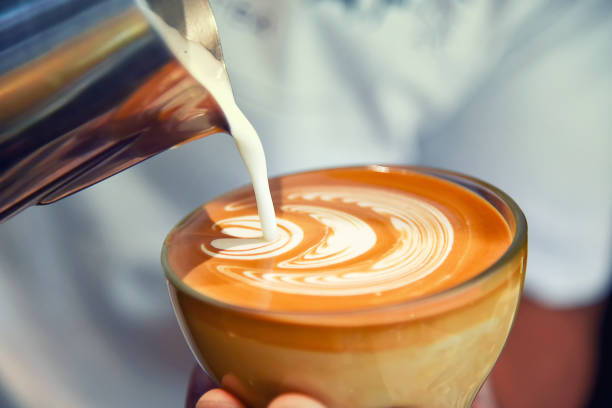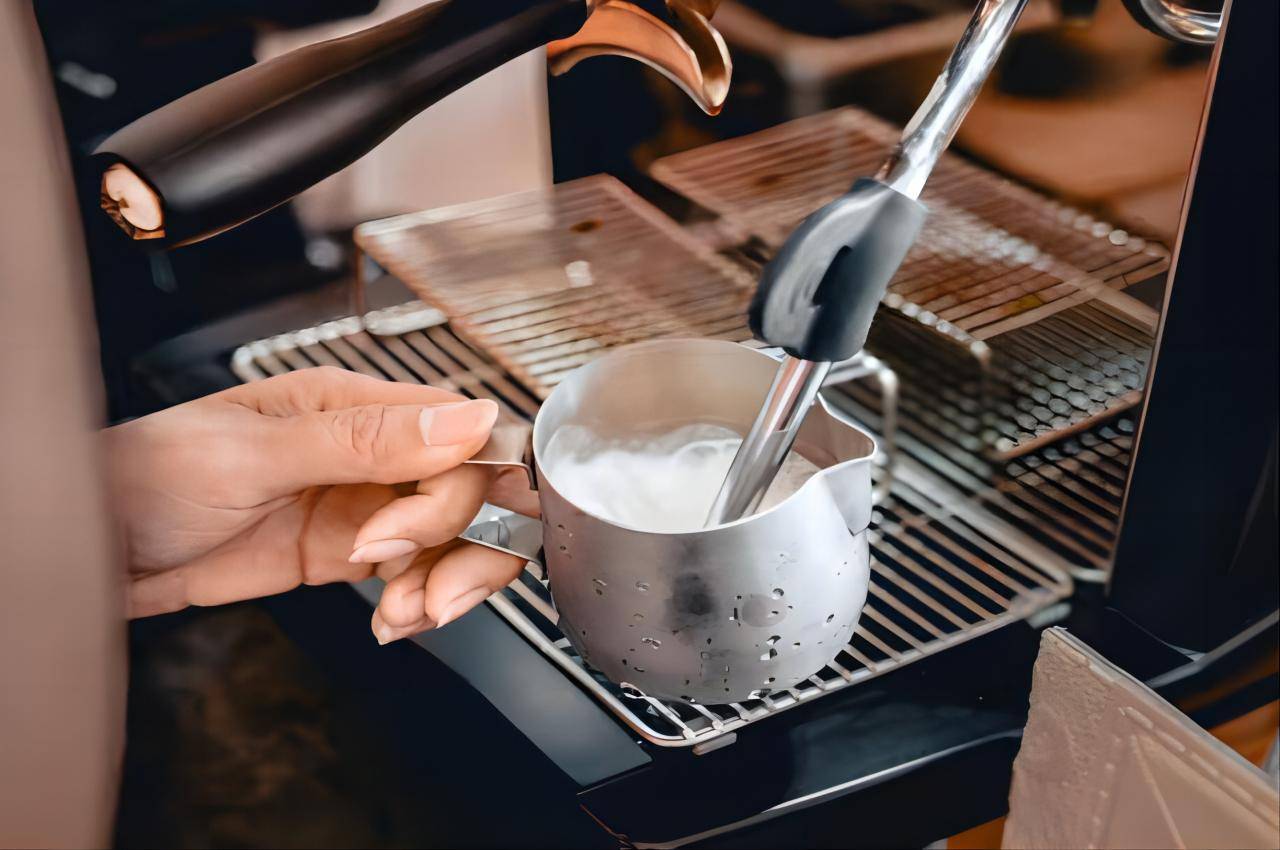Arabica vs. Robusta:
Understanding the Differences in Coffee Bean Quality
For many, coffee is more than just a drink—it's a ritual, a moment of connection, and a journey through flavor. Yet, behind every cup lies an origin story shaped by the type of bean that brought it to life. The world’s two dominant coffee bean varieties, Arabica and Robusta, offer unique experiences that have fueled centuries of brewing traditions.
So, how do these two iconic beans differ? Let’s explore their characteristics, flavors, and ideal pairings to help you uncover which one best suits your palate—or perhaps, how to enjoy the best of both.
Subscribe
To join our mailing list and never miss event update!
A Tale of Two Coffee Beans

The Flavor Spectrum: What’s in Your Cup?

Pairing the Right Bean with the Right Brew
Arabica: A Symphony of Flavors
Pour-Over: Arabica’s subtle notes shine when brewed slowly, allowing you to savor its layers of sweetness and brightness.
Espresso: Single-origin Arabica creates a vibrant espresso, offering a delicate balance of acidity and natural sweetness. Pair with a buttery croissant or chocolate tart for a match made in heaven.
Cold Brew: Arabica’s lower bitterness makes it ideal for cold brew, where its natural flavors come through in a refreshing, velvety drink.
Caffeine: The Invisible Difference

The Cultural Connections of Coffee

Final Words
Whether you prefer Arabica or Robusta depends on what you value in your coffee: Go for Arabica if you cherish complexity, sweetness, and a polished finish. It’s perfect for leisurely mornings or exploring single-origin varieties that tell a story in every cup. Choose Robusta if you want bold, intense flavors that hold their own in milk-based drinks. It’s the ultimate choice for espresso lovers and anyone seeking a caffeine boost.
Whether it’s the refined grace of Arabica or the bold intensity of Robusta, every sip is a testament to the magic of coffee.
Subscribe
To join our mailing list and never miss a baby update!

